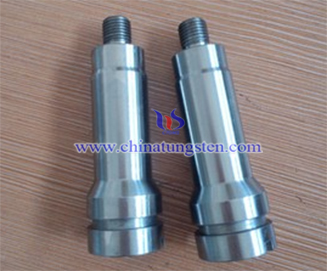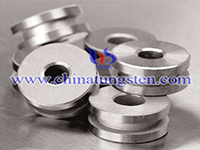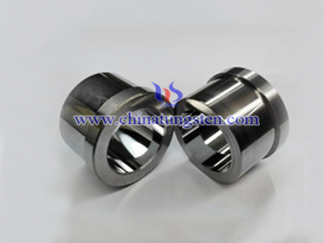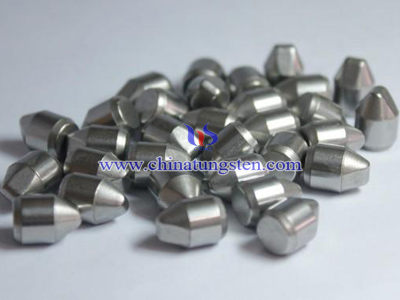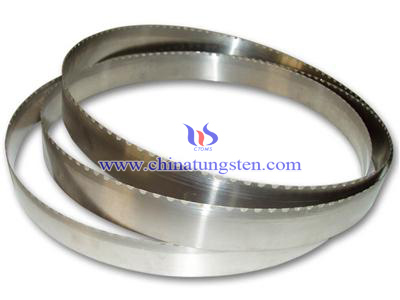Features of Tungsten Cemented Carbide
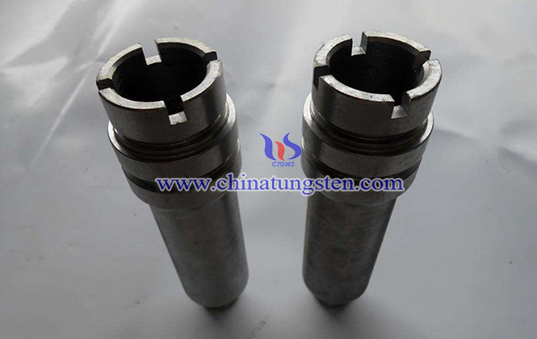
Key properties of tungsten cemented carbide
High hardness: Spanning the range from hardened steel to ultra-hard ceramics.
Resistance to wear: Some grades can outwear hardened steel by over 100 times.
Heat and oxidation resistance: Alloyed grades perform well at temperatures up to 1000F in oxidizing atmospheres.
Impact resistance: Cemented carbides are surprisingly tough considering their high hardness.
High thermal conductivity: Unalloyed grades can remove heat as fast as beryllium copper alloys.
Resistance to corrosion: Grades with nickel and chromium binders are very resistant to acidic solutions.
Corrosion resistance of tungsten cemented carbide
Cobalt is by far the most widely used binder metal or "cement" in cemented tungsten carbide because it most effectively wets tungsten carbide grains during liquid phase sintering. For this reason cobalt is believed to be superior to other binder metals in terms of eliminating residual porosity and achieving high strength and toughness values in sintered products.
The failure of cemented carbides in corrosive environments, however, is generally due to the chemical reaction of cobalt with corrosive agents. The corrosion process involves the dissolution of the cobalt binder at exposed surfaces leaving a loosely knit skeleton of tungsten carbide grains having little structural integrity. This mechanism is often referred to as cobalt "leaching" and is typically accompanied by a flaking off of unsupported carbide grains in the affected surface areas.
Corrosion resistance of tungsten cemented carbide in PH value
Although WC + Co grades have fairly good resistance to attack by acetone, ethanol, gasoline and other organic solvents as well as by ammonia, most bases, weak acids, and tap water. Exposure to formic, hydrochloric, hydrofluoric, nitric, phosphoric, sulfuric, and other strong acids, however, can result in a relatively rapid deterioration of the binder phase. Corrosion rates are affected also by temperature, the concentration and electrical conductivity of the corrosive agent, and by other environmental factors. The following chart is the corrosion resistant details of tungsten cemented carbide cobalt binder& tungsten cemented carbide nickel binder in PH value.

